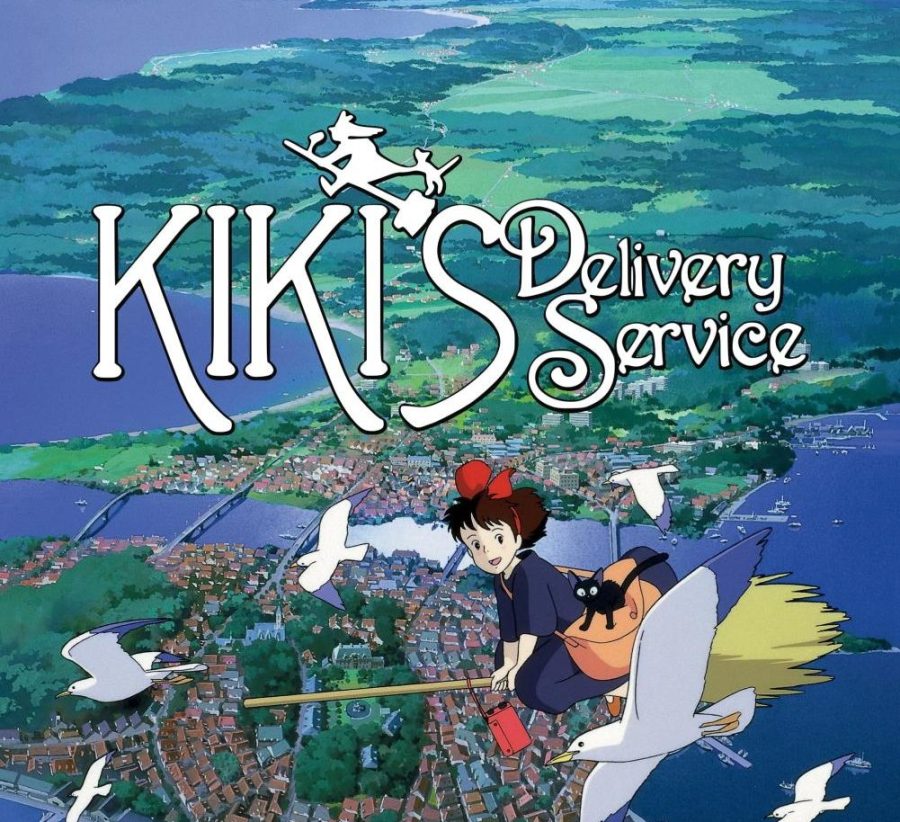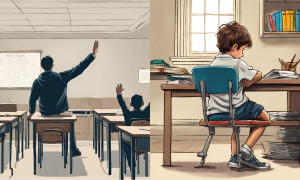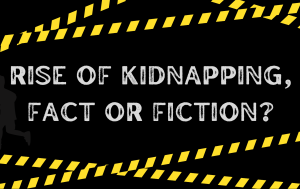How ‘Kiki’s Delivery Service’ Describes Burnout
Studio Ghibli 1989 film depicts burnout
“Kiki’s Delivery Service” depicts a message that is more important than ever.
February 23, 2023
I don’t need to sit here and explain what burnout is. If you’re over the age of 14, you know exactly what I’m talking about. That feeling of slowly losing passion for subjects and hobbies you once poured every ounce of your soul into, can make you feel bad about yourself. There’s one movie in particular that captures the essence of burnout at a young age that is often overlooked. “Kiki’s Delivery Service” perfectly captures burnout and how to deal with it.
“Kiki’s Delivery Service” is Studio Ghibli’s fifth animated feature film, released in 1989 and directed by, of course, Hayao Miyazaki. It tells the story of Kiki and her sidekick Jiji, a young witch and her black cat that by tradition leave her hometown to go practice her skills somewhere else. Kiki settles down at a nice seaside town and finds a place to stay at the bakery, where she agrees to help out and set up her delivery service because the skill she decides to work on is flying.
Throughout the course of the film, Kiki becomes so dedicated to her delivery service that she starts to neglect herself. Midway through the film, she loses her ability to fly altogether.
As you watch Kiki struggle, it’s impossible not to recognize yourself; knowing once you were so excited to start and get better at a skill, hobby or project, only to find yourself stressed beyond belief and quitting. Our generation especially has been hit hard with the feeling of burnout post-pandemic. It seems all we’re expected to do is work, work, work and school. Once in the habit and in the cycle of the mundane, it feels almost impossible to break away from.
As Kiki struggles with losing her magic, including losing her ability to talk to her cat, she meets Ursula, an artist living in the forest. Ursula explains that she feels burnout – we all do. What she does is she takes a break and starts something new, then comes back to whatever wall she hits. Spending time with Ursula and Tombo, a boy who takes a liking toward Kiki, she begins to stop worrying about magic and focus on herself.
In the end, Kiki regains her magic by pushing through her block once and for all. But she isn’t totally the same; her magic wasn’t as it was before and she loses her ability to talk to Jiji completely. But there’s a good reason.
Jiji serves as an ‘alter ego’ of Kiki in a way, talking with her and helping her through her troubles. Miyazaki explained that Kiki has grown up by the end, that she doesn’t need to rely on Jiji to help her, and that she can help herself. Jiji can just be a cat.
It serves as a reminder that even as we hit a wall, we can’t seem to overcome it. With patience and will, you’ll get through it. And you will, and you should, come out different, better, than you were before.









